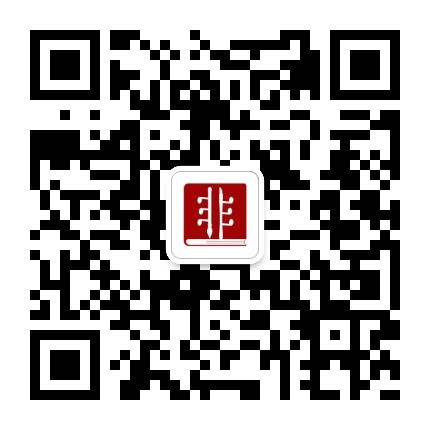【亚洲·柬埔寨】柬埔寨传统织物格罗麻的相关文化实践与表达 Cultural practices and expressions linked to Krama, a traditional woven textile in Cambodia(2024年)
2025-10-15 12:58
水布Krama是一种与柬埔寨日常生活传统习俗和文化表达相关的编织纺织品。水布Krama是一种由棉或丝绸制成的长方形布料,上面饰有各种网格图案。所使用的白色、黄色、红色和蓝色染料均提取自天然植物和昆虫,布料则采用传统手织机手工编织而成。作为社会文化的重要元素,克拉玛在日常生活中被各行各业的人们广泛使用,如作为围巾、腰带、毯子、头巾、下衣、装饰布和儿童吊床。它还在仪式、庆典和节日活动中使用,以及用于准备食物和医疗保健。尽管水布Krama主要由女性制作,但男性也通过种植和收获棉花、收集染料原料以及维护手织机等方式参与其中。在过去,大多数女性都会编织克拉玛,并将知识和技能传授给女儿。如今,专业的水布Krama团体和生产者正在接管生产工作。教育机构通过培训课程和研讨会,在传授相关技能和知识方面发挥着重要作用。水布Krama的生产链基于一种协作方式,这种方式在促进社会凝聚力和和平建设的同时,也有助于柬埔寨社会和文化认同的形成。
Krama is a woven textile associated with traditional practices and cultural expressions of the daily life in Cambodia. A rectangular cloth made of either cotton or silk, krama features a variety of grid-pattern motifs. The white, yellow, red and blue dyes used are extracted from natural vegetation and insects, and the cloth is woven manually using a traditional handloom. A socio-cultural staple, krama is used daily through all walks of life, as a scarf, belt, blanket, bandana, lower garment, decorative cloth, and hammock for children. It is also used during rituals, ceremonies and festive events, as well as to prepare food and in health care. Although krama is predominantly produced by women, men also participate in the process by planting and harvesting cotton, collecting the materials for the dyes, and maintaining the handlooms. In the past, most women knew how to weave krama and passed the knowledge and skills on to their daughters. Today, professional krama groups and producers are taking over the production role. Educational organizations play an important role in transmitting the related skills and knowledge through training courses and workshops. The krama chain of production is based on a collaborative approach that promotes social cohesion and peacebuilding while contributing to Cambodian social and cultural identity.

